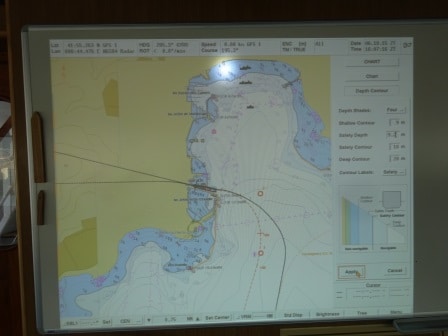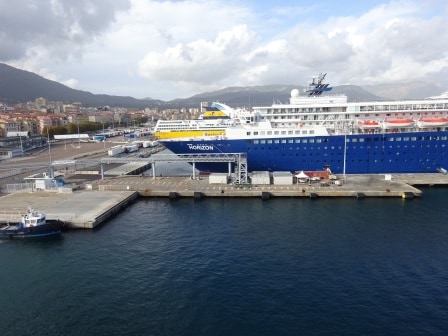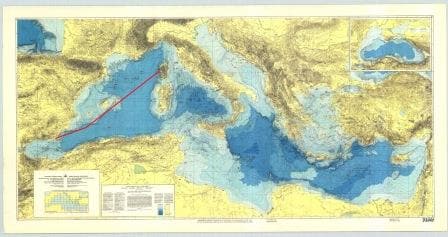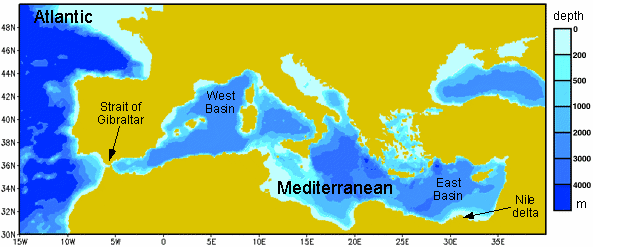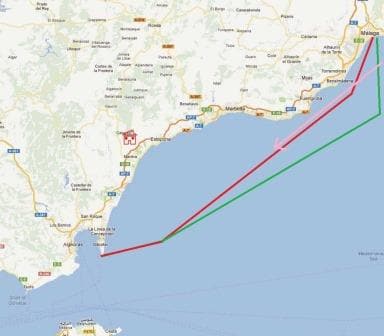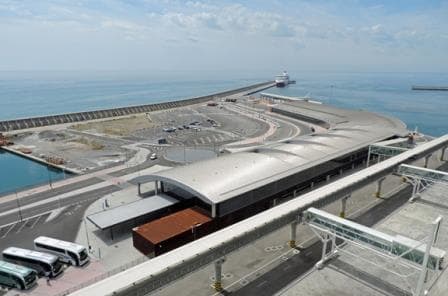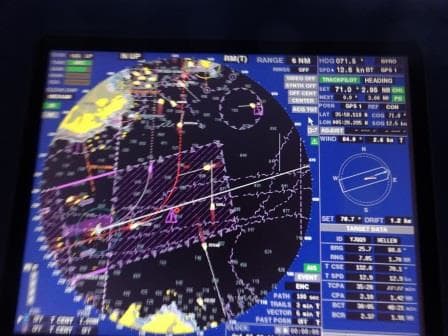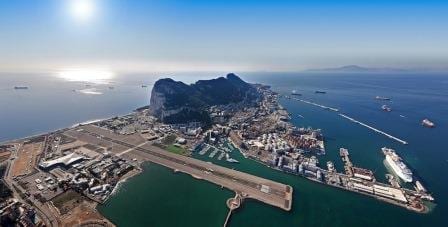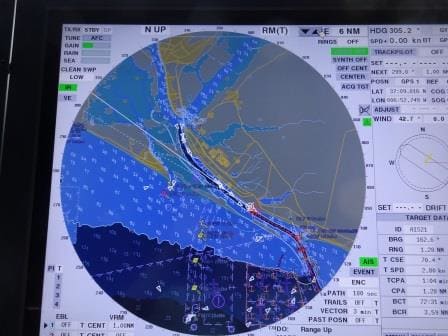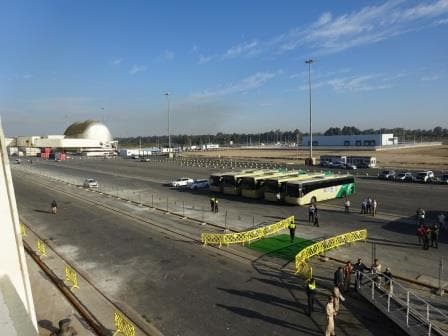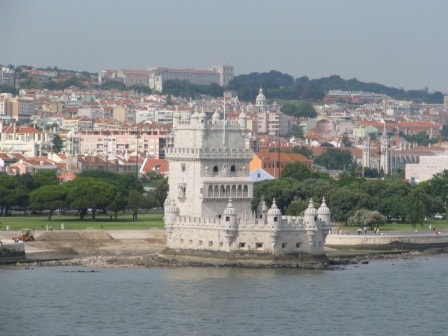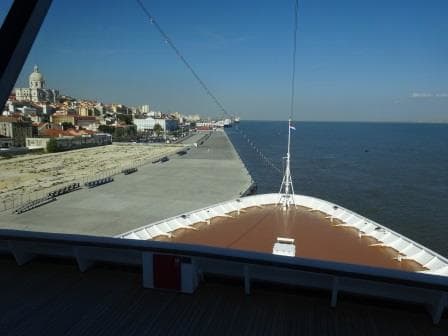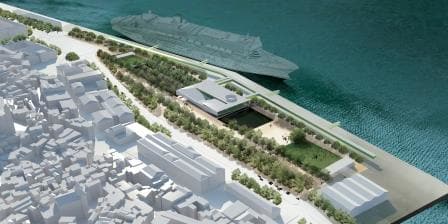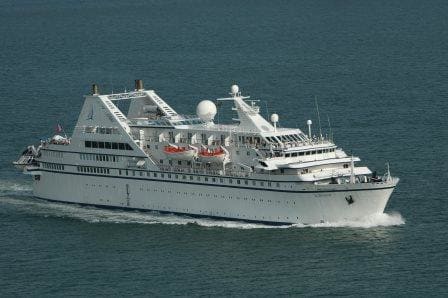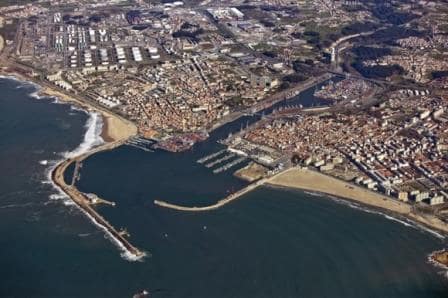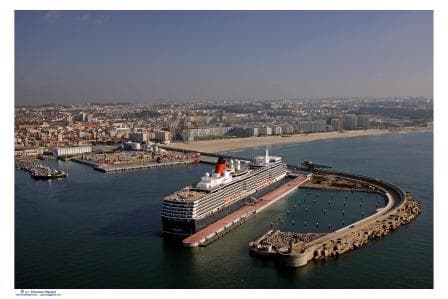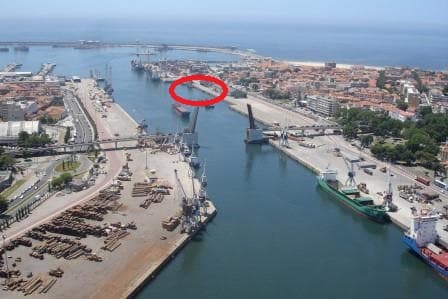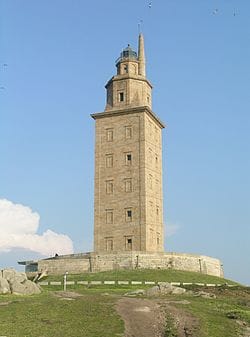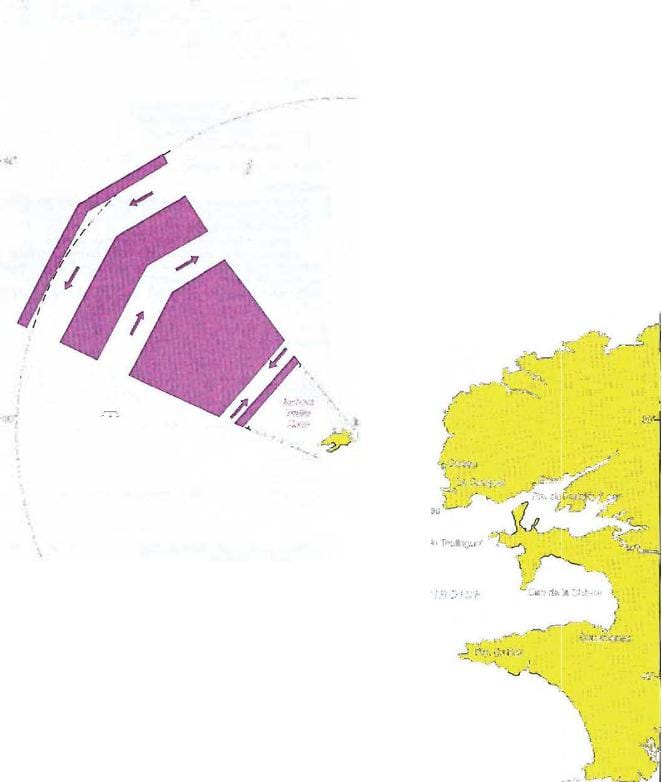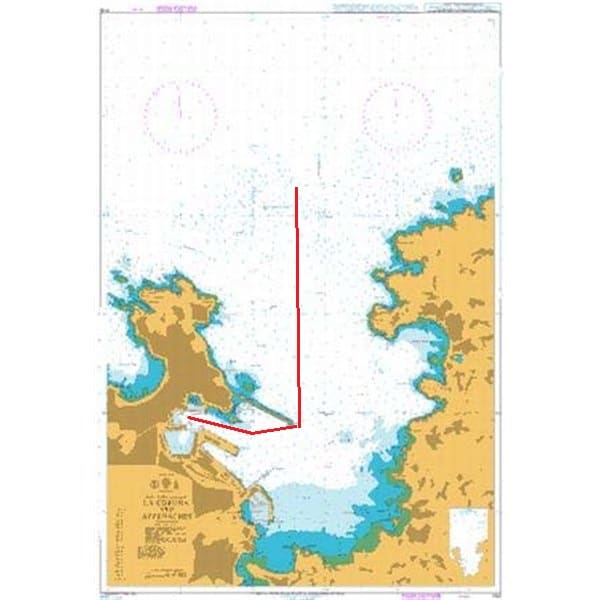Livorno (or Leghorn in some languages) is one of the most challenging ports to go into. Even on the nicest day of the year with no wind or any other distraction one has to really focus to make sure that all goes well.
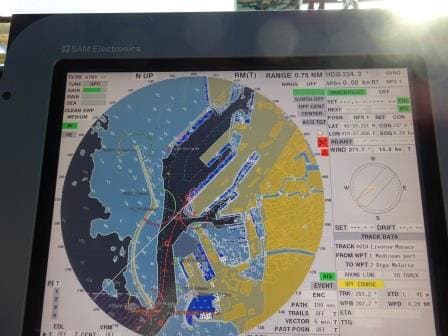
All ships have to enter from the south then swerve around the breakwater to a northerly course. If the big dock is not available you have to go in the smaller Y (on its side) shaped area below.
Main reason is the small entrance in the breakwater and the sharp turn just behind it before you can sail into the port proper. The breakwater has been there for a long time and must have been the best thing since sliced bread in times gone by. But with the ships getting bigger, the breakwater and the space behind it remained the same. The second problem is the North Entrance which is not usable at all. It has completely silted in and all traffic has to go through the South Entrance. Why the authorities do not want to dredge out this north part, I do not know, as it would make the arrival and departure from Livorno a lot easier and safer. Two entrances mean you have a plan B but now there is only a plan A and not much else.
Today we were at least lucky that we were the only ship in. Then you automatically get the easiest docked allocated. When there are more ships, the largest one goes to the easiest dock and the smaller ones are relegated to the old inner harbor. There is enough room there but going in is through a small opening. You back in (go astern) to make sailing out easier but on a windy day going astern into the hole is not so pleasant. If the North entrance was still available then you could at least sail in, review the situation on the spot and if you did not like it, sail out again through the North Entrance. Maybe that is the reason for not dredging, it stops you from leaving. You have to commit, you have to go in.
Livorno is quite a large port and cargo ships sometimes have to sail deep into the industrial port to find a berth. They try to keep cruise ships near the front, so it is easier for them to keep their schedule taking the arrival and departure times into account. and it is also easier for the coaches to get in and out of the harbor. All the ferries (most of them those famous MOBY boats with the cartoons on the side) also dock in this little area that is called the old harbor.
While the guests went ashore to see the sights, the ship was busy as well. We had divers today for propeller cleaning. This happens about twice a year. Divers go under the hull and scrub and clean the propellers and often parts of the hull as well, to remove the marine growth. Although we have polymer paint on the hull which should avoid marine growth attaching itself to the hull, this never works completely and thus we get a regular clean by divers. That is not cheap as it is highly specialized work but it pays itself back very quickly with a reduction in fuel. So bridge officers and engineers kept a close on the proceedings to make sure that the divers were safe and supported in the best way possible while they were doing their work.
Hotel was not without work either as it was heavy loading today. Heavy means that the major storage and provisioning took place today. In ports along the cruise we can then stock up with smaller quantities and that we call light loading. Today 58 tons of supplies were taken on board and that will last for at least 14 days. We use Livorno as it can be reached quickly from the Netherlands where Holland America has a depot where a lot of the provisions come together to be packed into containers. Livorno is North of Rome and that is not an easy town to get around for the trucks so Livorno works a lot better.
We will leave from here at 19.00 hrs. to cruise westwards to reach Monaco tomorrow morning. We will dock there and that will make it very easy to get ashore. Next week, when we are back we will have to anchor and that is a lot more complicated.
Weather for tomorrow in Monaco, Sunny with temperatures around 67oF or 21oC. and little wind.
